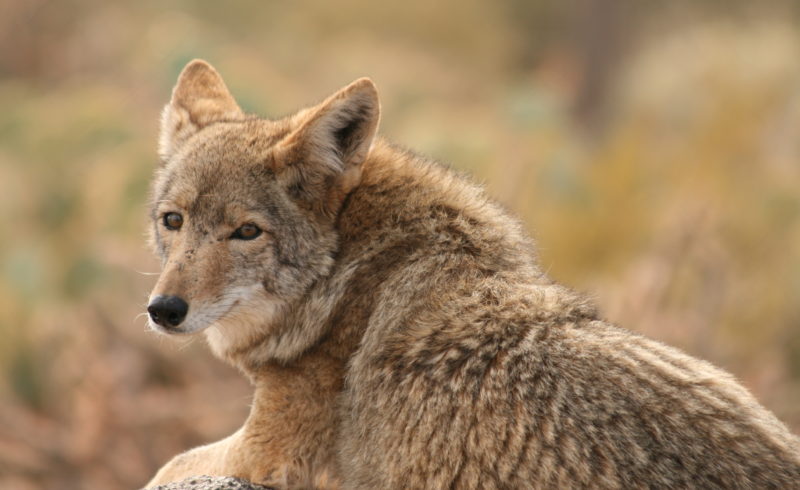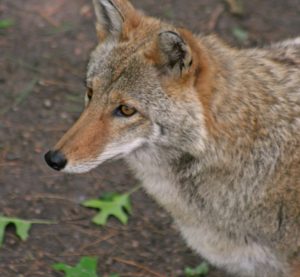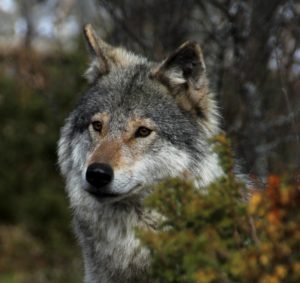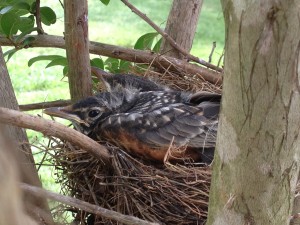
You may have heard it in the evening or late into the night: a yip, a chattering howl, an eerie chorus that reminds you that something is wild and awake and on the move. You don’t have to live near woods or a forest to hear it; you can hear the sounds in neighborhoods, towns, and cities, too. They are the voices of coyotes, animals so adaptable they are now found throughout North America.
Appearance
Also known as “prairie wolves” or “brush wolves”, coyotes are smaller than wolves with pointed ears and long, slender snouts. They range in color from black to dark gray to even red or blonde. Although they may vary in size, they average about two feet tall at the shoulder – about the height of a medium-sized dog.

Coyote

Wolf
Diet
Coyotes are classified as carnivores, or meat-eaters, but they are actually opportunistic feeders, eating whatever is available and easy to obtain. A coyote’s diet can include rodents, rabbits, birds, frogs, insects, snakes, and fruit, as well as garbage, pet food, and road-kill. A pack of coyotes can take down larger prey, such as deer.
Offspring
The coyote pack is actually a strong family group. It is often made up of a dominant pair and offspring from previous years. Only the dominant pair has pups.
Female coyotes den and give birth in the spring. Normally, a female will have a litter of five to six pups. However, if the coyote population is low in an area, the litters can be as many as 12 to 16 pups. Coyotes use their howls and yipping to determine the coyote population. If their howls are not answered by other packs, they have larger litters.
Both parents feed and protect their pups. By the following fall, the pups are able to hunt on their own. Depending on how much food is available, the young coyotes may stay nearby or look for new territory.
More Reasons to Howl
Coyote howls serve other purposes as well. Unless they are going after larger prey, coyotes usually hunt alone. The howls are a way to call the pack or family group back together. Coyotes also howl to inform other packs of the group’s presence – a way to warn them against trespassing into their territory.
A New Kind of Coyote
Coyotes were once found only in the prairies and deserts of the mid-western United States. As settlers moved west and the wolf population decreased, coyotes moved eastward. Today, some eastern coyotes aren’t actually true coyotes. They are hybrids – part coyote, part wolf, and sometimes part dog. Known as coywolves, these animals are about 55 pounds heavier than coyotes, with longer legs, smaller ears, and bushier tails.
Want to learn more about coyotes? Check out one of these articles:
“Coyote.” Arkive.
“Coyote.” National Geographic.
“Coyotes.” Washington Department of Fish and Wildlife.
“Coywolves are Taking Over North America”. Smithsonian
“Probing Question: Why Do Coyotes Howl?” PennState News
“How the Most Hated Animal in America Outwitted Us All.” National Geographic
Featured Image by xandert
Coyote photo by sgarton
Wolf photo by kvaale










